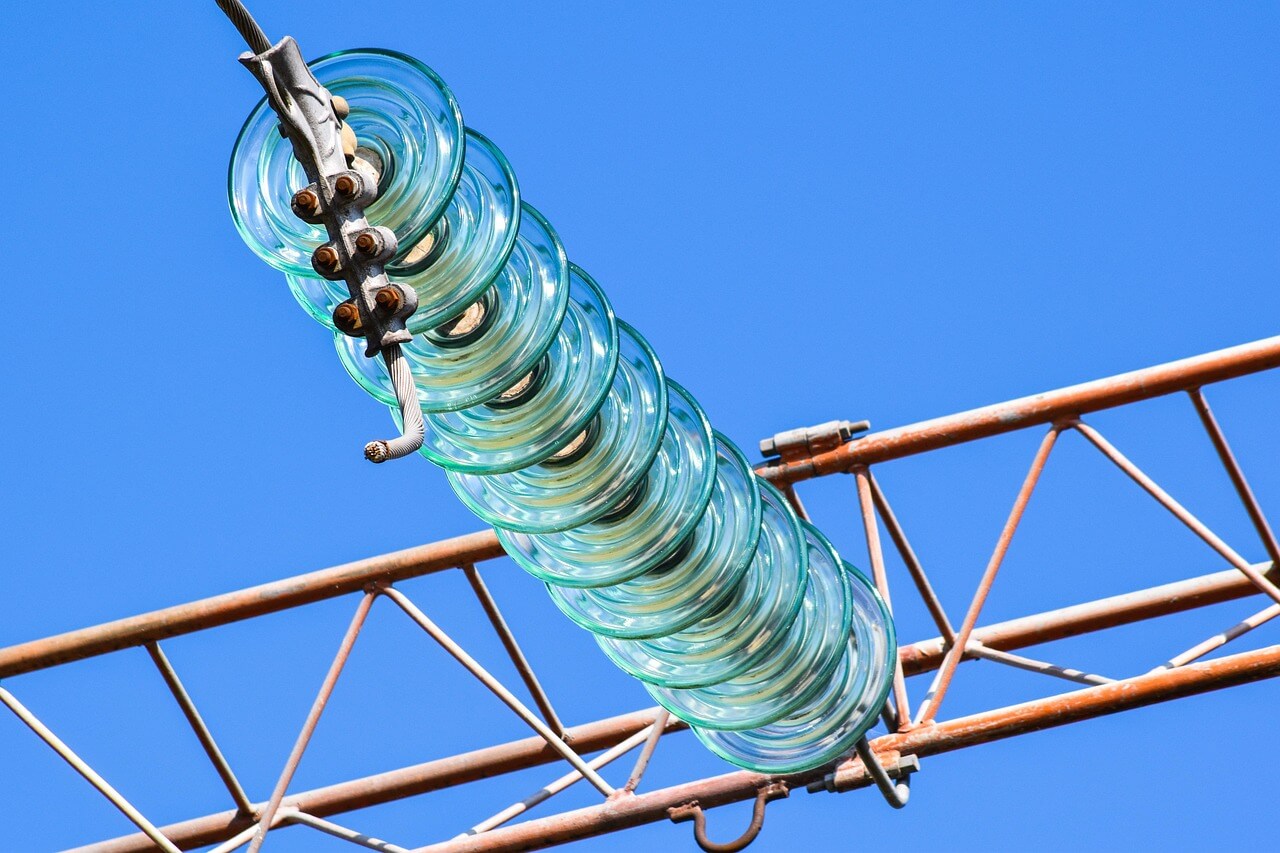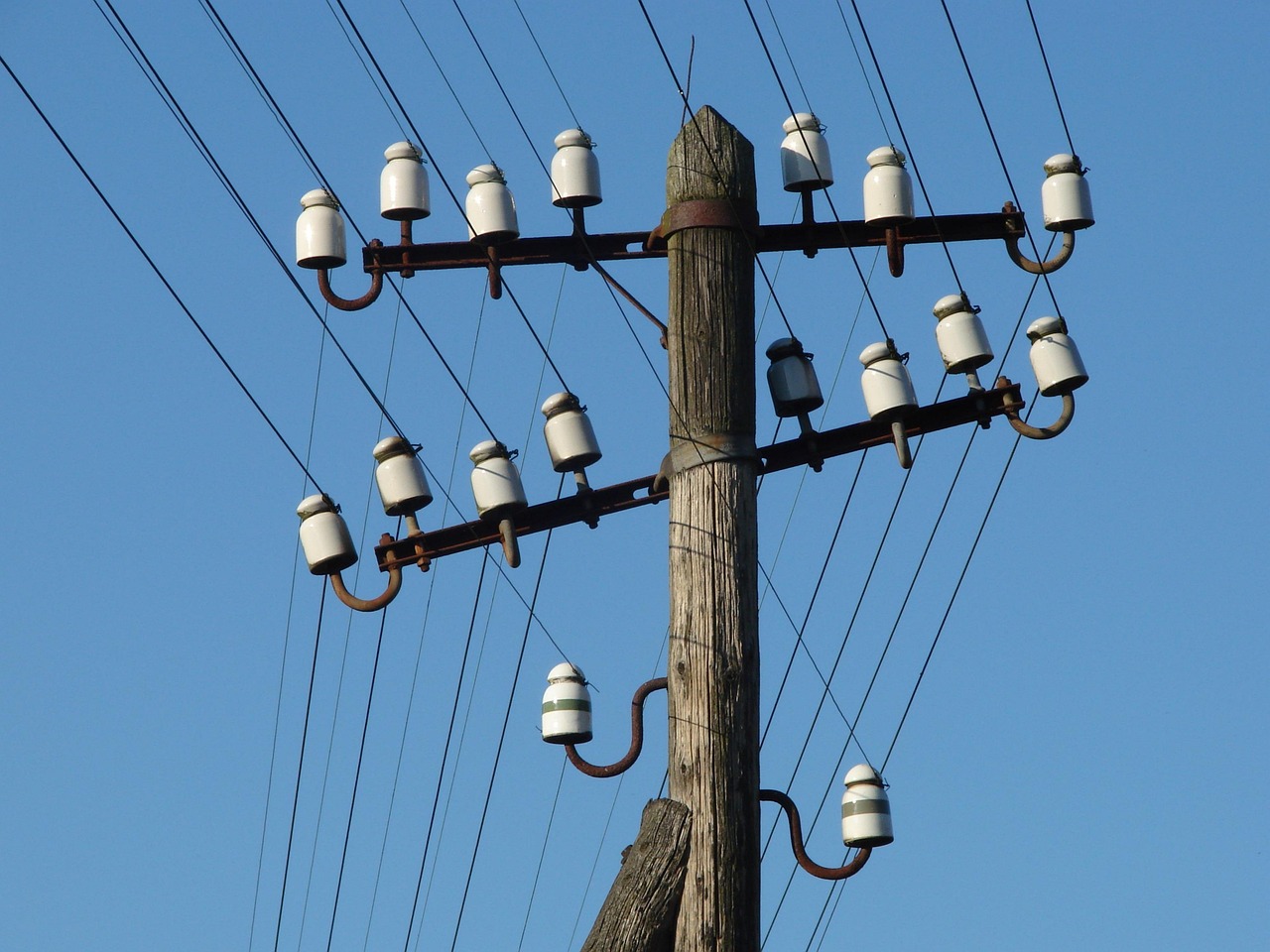Table of Contents
Toggleinsulator types
In the field of power engineering, electrical insulators are critical components that ensure the safe and stable operation of power systems. While they may appear to be simple support accessories, insulators perform the dual functions of electrical isolation and mechanical support. Whether used in high-voltage transmission lines, substation equipment, or distribution networks, they play an irreplaceable role.
In industry practice, the term “碍子” (pronounced ài zi) is a colloquial expression; however, in standard documents, engineering designs, tender specifications, and inspection reports, the correct term insulator is always used. This is not only for professional accuracy but also to ensure clear communication across departments and international teams.
.
Core Functions of Electrical Insulators
Electrical insulators perform three primary functions:
1. Electrical Isolation
They effectively isolate live conductors from grounded structures such as poles, towers, or metal frameworks, preventing current from flowing through unintended paths to the ground. This prevents short circuits, breaker trips, and electric shock hazards. This property is especially critical in high-voltage systems, where leakage currents can have severe consequences.
2. Mechanical Support
In addition to providing insulation, insulators must bear the weight of conductors as well as mechanical loads from wind, ice, and snow. For long-span transmission lines, conductor weight and tension can be considerable, placing strict demands on the tensile and bending strength of insulators.
3. Environmental Protection
Outdoor insulators must withstand long-term exposure to ultraviolet radiation, rain, snow, salt fog, dust, and industrial pollutants. High-quality insulators maintain stable electrical and mechanical properties under these conditions, resisting surface discharge and cracking.
.
Common Types and Their Applications
Design requirements vary depending on voltage level and installation location, giving rise to various insulator configurations:
-
Pin-Type Insulator
Mounted on cross-arms of distribution poles, typically for low- and medium-voltage lines up to 33 kV. Simple structure and easy installation, but limited voltage capacity. -
Suspension-Type Insulator
Hung between high-voltage transmission conductors and towers. Each unit has a rated voltage (e.g., 11–15 kV) and can be connected in series to meet system voltage requirements. Offers high mechanical strength and easy replacement, making it the main choice for high- and extra-high-voltage systems. -
Disc-Type Suspension Insulator
A common form of suspension insulator, disc-shaped with a smooth surface that allows rain to wash away contaminants. -
Post-Type / Station Post Insulator
Installed in substations and switchyards to support busbars, disconnect switches, and other equipment. Designed to withstand high voltages and lateral mechanical loads. -
Long Rod Insulator
A one-piece rod-shaped structure without metal joints, reducing the risk of flashover and mechanical fatigue. Well-suited for areas with high rainfall, dust, or ice loading. -
Composite Insulator
Made of a silicone rubber sheath over a fiberglass core rod. About half the weight of porcelain or glass types, with superior pollution resistance and high salt-fog withstand capability. Widely used in new installations and system upgrades. -
Toughened Glass Insulator
Manufactured from tempered glass, offering high transparency and excellent aging resistance. Damaged units shatter into small granules, making defects easy to detect visually.
.
Material Selection and Performance Characteristics
-
Porcelain Insulator
Made from high-strength electrical porcelain. Long history and mature manufacturing process. Offers stable dielectric properties and high voltage withstand, with a glazed surface for pollution and UV resistance. However, it is heavy and requires more installation effort. -
Glass Insulator
Excellent insulation and mechanical strength, transparent for easy visual inspection, and maintains performance over time. Breakage requires full replacement, and manufacturing is energy-intensive. -
Composite Insulator
Silicone rubber sheath over fiberglass rod, lightweight, pollution- and corrosion-resistant, and impact-tolerant. Offers better vibration resistance than porcelain or glass. Care must be taken to prevent rubber aging and sealing defects.
.
Professional Terminology and Common Names
Depending on context, electrical insulators may be referred to differently:
-
Standard Term: Insulator — used in GB, IEC, ANSI, and other international standards.
-
Colloquial Terms: “碍子” (ài zi), “瓷瓶” (porcelain bottle) — common in field operations.
-
Material-Specific Terms: “Electrical porcelain,” “Porcelain insulator.”
-
Regional Terms: “挡瓶,” “瓷碍子” — used by some veteran engineers or in specific regions.
In formal documents, drawings, and contracts, always use the standard term to avoid ambiguity.
.
Engineering Applications and Selection Guidelines
-
High-Voltage Transmission Lines
Prefer suspension or long rod types to ensure adequate pollution resistance and mechanical fatigue strength. -
Coastal and Heavy Pollution Areas
Use composite insulators to significantly reduce flashover incidents and maintenance frequency. -
Substations and Indoor Distribution Rooms
Post-type insulators provide stable support and high dielectric performance for fixed equipment. -
Maintenance Practices
Regularly inspect surface cleanliness and check for cracks. Glass insulators allow quick visual defect detection, while composite types require monitoring for rubber aging or sheath damage. - .
Conclusion
While small in size, electrical insulators carry significant responsibility in the reliable operation of power systems. With advances in materials science and manufacturing, porcelain, glass, and composite types each have distinct advantages. Engineers can select the most suitable solution based on operating environment and cost considerations. Understanding the various types, structures, and material properties—and using the correct technical terminology—not only improves design and construction accuracy but also prevents miscommunication in international cooperation and technical exchanges.
.
About Enliang Corporation
Founded in 1983, Enliang Corporation specializes in the development and manufacturing of high-performance polymer composite materials (BMC and EPOXY), along with the design and production of power distribution components such as current transformers (CTs). The company operates two main business divisions: the Hukou plant, dedicated to material research and production, and the Zhubei plant, which focuses on CT design, integrating both Japanese and domestic technologies to deliver high-quality ODM services that meet international standards. With years of deep expertise in composite material technology, Enliang has become a key supplier of electrical insulation materials for the domestic and international electromechanical industry. Upholding its philosophy of “Customer Priority, Quality Enhancement, Continuous Innovation, and Sound Management,” Enliang continues to deliver value and reliability to the industry.
Contact: [email protected]
.
.
延伸閱讀: 絕緣礙子全解析:種類、用途與專業對照
Related article: What Is an Electrical Insulator? A Complete Guide from Fundamentals to Industrial Applications






